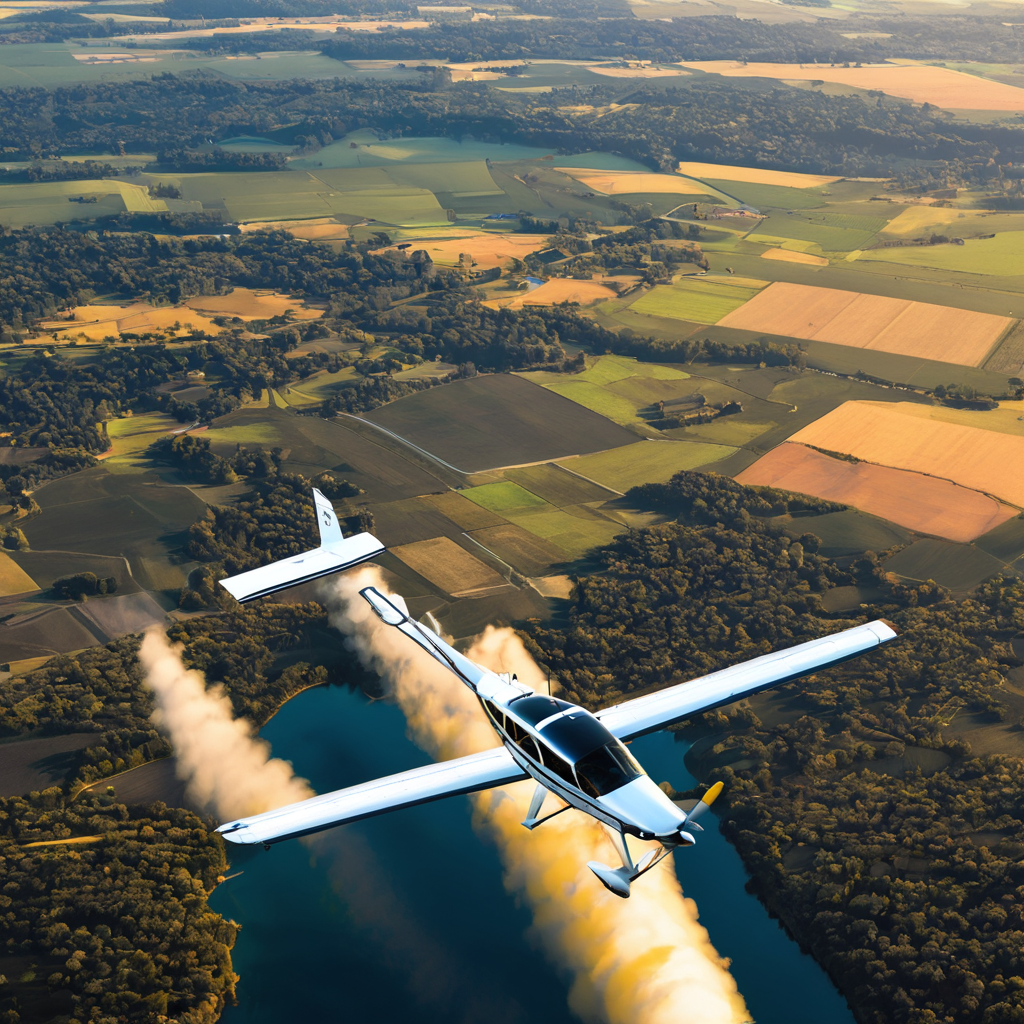Private pilot license training is an exciting journey that opens up a world of possibilities for aviation enthusiasts. Obtaining a private pilot license allows individuals to fly aircraft for personal use, leisure, or even as a stepping stone towards a career in aviation. The process of obtaining a private pilot license involves a combination of ground school education, flight training, and practical experience. Let’s delve into the details of what it takes to become a licensed private pilot.
Ground school education is the foundation of private pilot license training. This phase of training covers essential topics such as aerodynamics, aircraft systems, weather patterns, navigation, and aviation regulations. Students learn crucial concepts that form the basis of safe and efficient flying practices. Ground school education typically includes classroom instruction, textbooks, online resources, and exams to assess the students’ understanding of the material.
Flight training is a hands-on component of private pilot license training where students apply the knowledge gained in ground school to real-world flying scenarios. During flight training, students work closely with certified flight instructors to develop their piloting skills, including aircraft control, takeoffs and landings, navigation, and emergency procedures. Flight training progresses from basic maneuvers to more advanced techniques as students gain experience and confidence in the cockpit.
Practical experience plays a vital role in private pilot license training as students log flight hours to meet the required minimums set by aviation authorities. The Federal Aviation Administration (FAA) in the United States, for example, mandates a minimum of 40 flight hours for a private pilot license. However, most students require more hours to become proficient and confident pilots. Practical experience allows students to hone their skills, encounter different flying conditions, and demonstrate their ability to operate an aircraft safely.
Simulator training is an invaluable tool in private pilot license training that complements flight training by providing a controlled environment for practicing various flight scenarios. Flight simulators replicate the experience of flying an aircraft and allow students to practice emergency procedures, instrument flying, and navigation techniques without leaving the ground. Simulator training enhances students’ proficiency and readiness for real-world flying challenges.
In addition to technical skills, private pilot license training emphasizes the importance of decision-making, situational awareness, and airmanship. Pilots must be able to assess risks, make sound judgments, and prioritize safety at all times while operating an aircraft. Training programs incorporate scenario-based training and practical exercises to develop pilots’ decision-making abilities and prepare them to handle unexpected situations in the air.
Medical certification is a prerequisite for obtaining a private pilot license as pilots must meet certain health standards to ensure they can safely operate an aircraft. Aviation medical examiners assess pilots’ physical and mental fitness to fly and issue medical certificates based on their findings. Pilots must undergo regular medical examinations to maintain their certification and ensure they are fit to fly.
Solo flight is a significant milestone in private pilot license training when students are authorized to fly an aircraft by themselves without an instructor on board. Solo flight demonstrates students’ proficiency and readiness to handle the responsibilities of piloting an aircraft independently. It is a moment of achievement and confidence for aspiring pilots as they navigate the skies solo for the first time, following all procedures and regulations they have learned during training.
Written exams and checkrides are the final steps in private pilot license training where students demonstrate their knowledge and skills to certified examiners. Written exams cover a range of topics from regulations to navigation, while checkrides involve practical flight tests where students perform maneuvers and procedures under the scrutiny of examiners. Successful completion of written exams and checkrides is required to obtain a private pilot license.
After completing all training requirements and passing the necessary exams, students are eligible to apply for a private pilot license from the aviation authority in their country. Once licensed, pilots can enjoy the freedom of flying for personal travel, recreation, or business purposes. Private pilot license training equips individuals with the knowledge, skills, and confidence to navigate the skies safely and responsibly, fulfilling their dreams of becoming licensed pilots.
In conclusion, private pilot license training is a challenging yet rewarding journey that transforms aviation enthusiasts into licensed pilots. From ground school education to flight training, practical experience, and final exams, the training process prepares individuals to operate aircraft safely and confidently. Obtaining a private pilot license opens up a world of opportunities for pilots to explore the skies, travel to new destinations, and experience the thrill of flight firsthand. Whether flying for leisure or pursuing a career in aviation, private pilot license training lays the foundation for a lifetime of memorable flying experiences.
